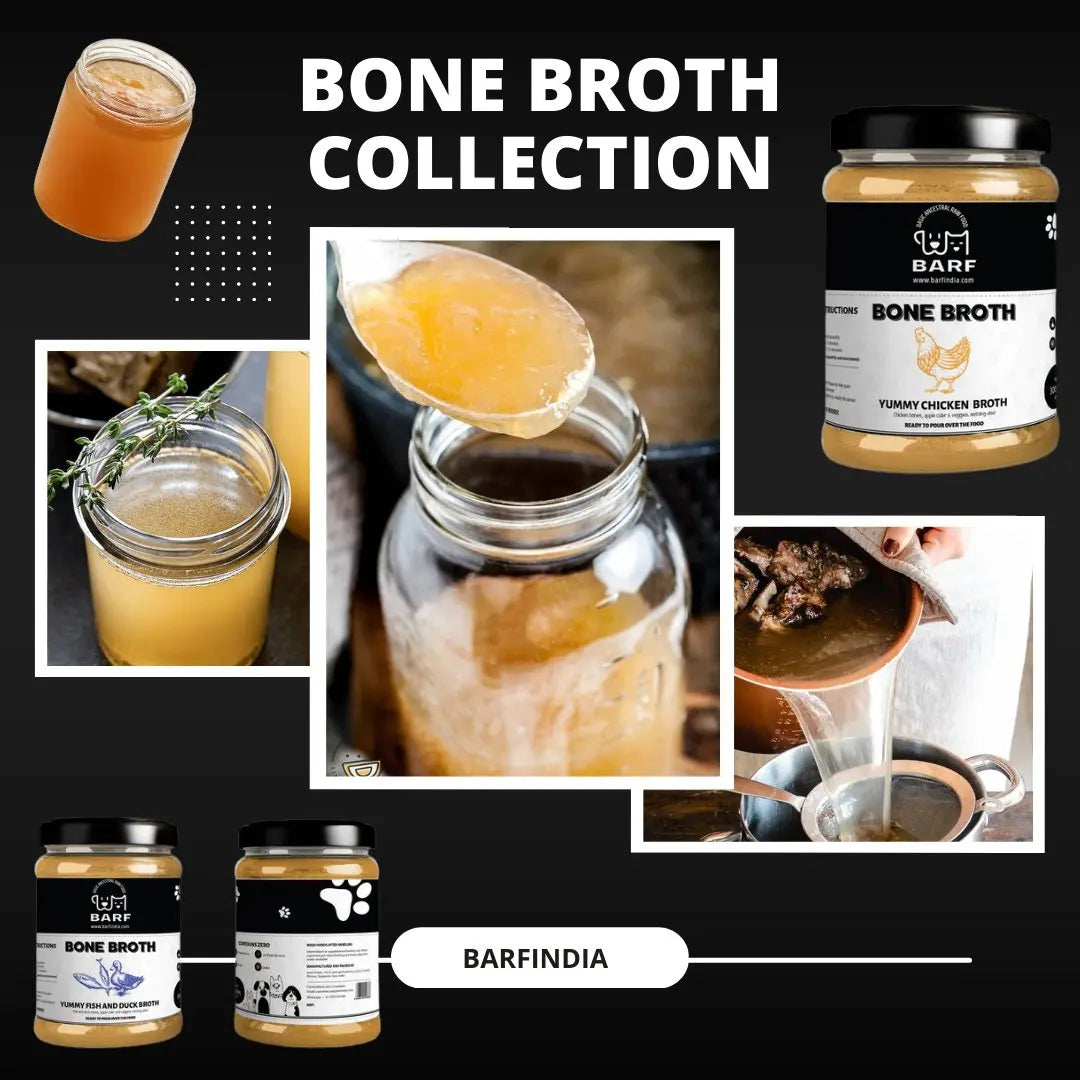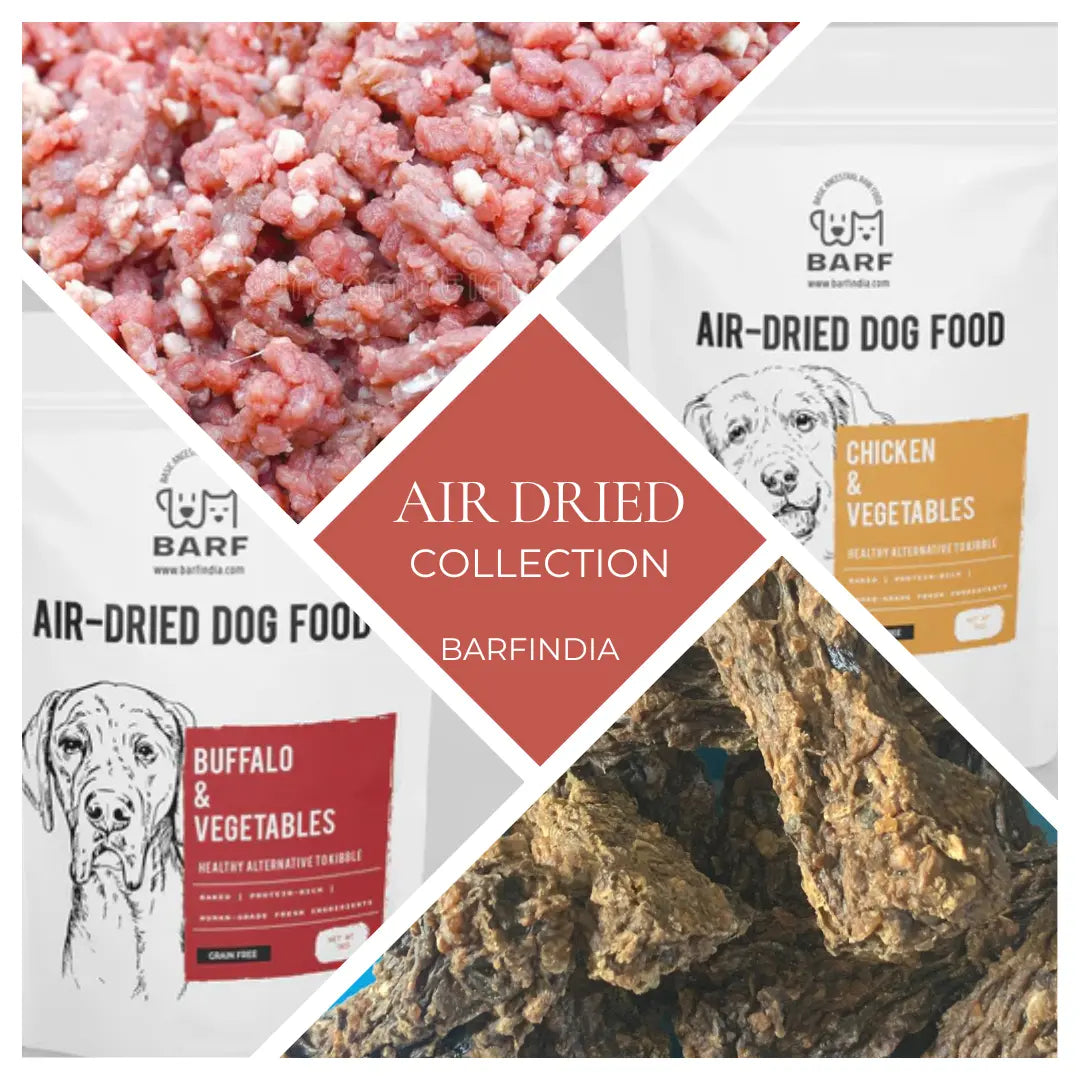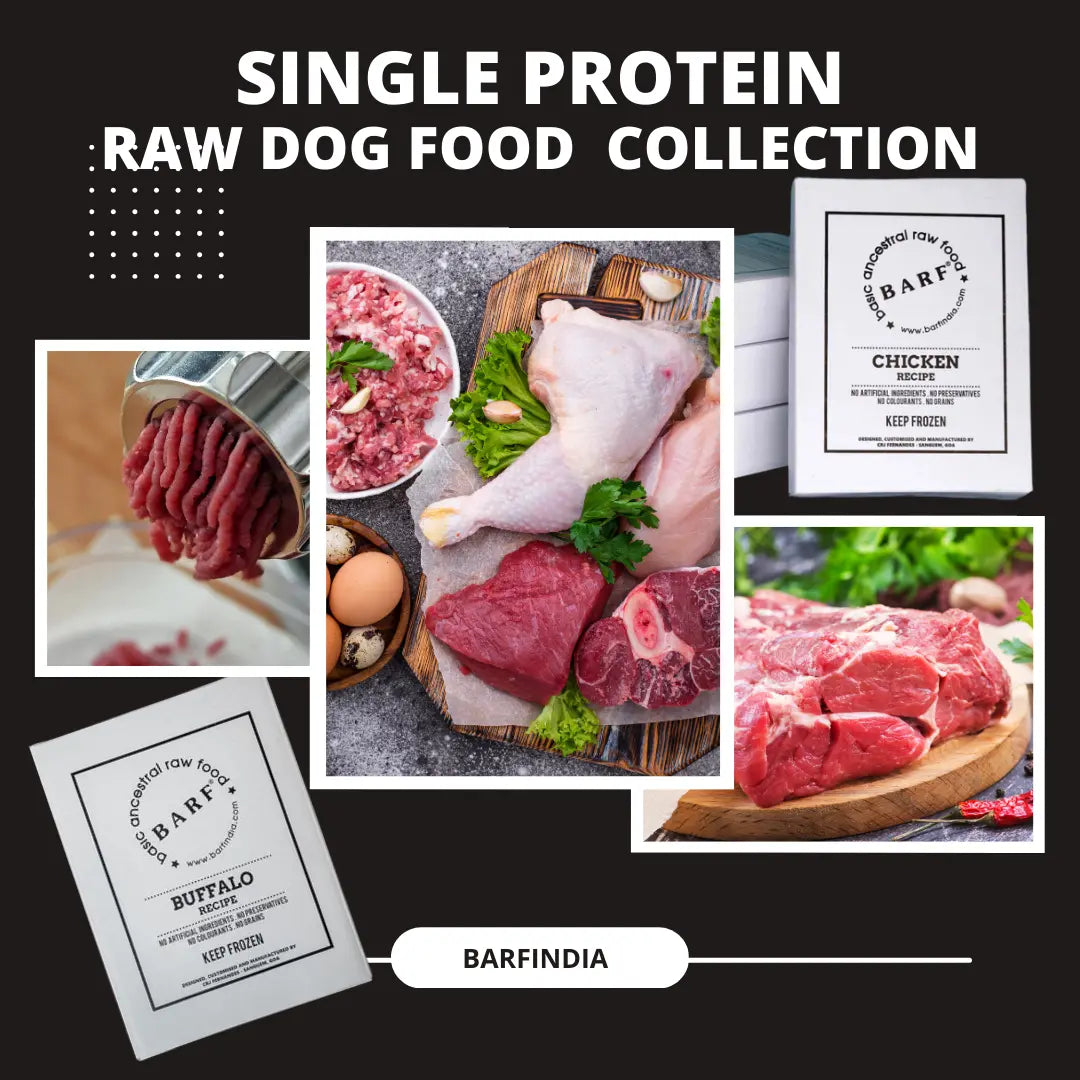
Vets and Raw food!
B.A.R.F. India AdministratorWhat is the deal with vets and raw food?
Vets and raw food: God created fresh, natural food for animals—yet some vets claim ultra-processed kibble is better, as if to suggest nature—and God—somehow got it wrong!
There is a lot of debate in the pet world on the subject of raw food. Naturally, as with any topic, there are those who are in favour and those that are not. But we are simply laymen, with the best interests of pets at our heart. What does the more qualified community have to say? When we asked around, we found that interestingly, the debate has captured the interest and attention of vets as well. And just like it is with pet parents, between them too there is no consensus yet. We would’ve thought that by having just one look at a raw fed dog, any good vet should be able to come to a rock-solid conclusion. But, no. Apparently a healthy skin, a gorgeous and shiny coat, vastly improved dental health and radically reduced allergies are still not considered good enough reasons to endorse a raw diet for dogs. Well, what can we say? Let’s delve a little more into the topic, shall we? Why are vets so reluctant to endorse raw diets? Let’s sink our teeth into the subject and understand what keeps most vets from coming all out and recommending a raw food diet to their patients. From what we learnt, here are the few things that bother them (and us!)
Some vets are genuinely unaware or ignorant about the benefits of the raw diet.
There are a few old school vets who have never really considered raw food as an option. And for no fault of theirs. They have probably seen domestic dogs manage very well with home-cooked meals of rice and chicken, or even chapatis (in India). And since no one (them or their pet parents) knew that raw food is even an option, it doesn’t strike them till date to recommend or consider this diet. Or they are advocates of dog food.
Many vets deal with dry food companies:
Ready-made dog food is a relatively new concept in India even though it has been introduced in international markets many years ago. For those businesses (and yes, we call them businesses as a slur because of the issues that dogs on a processed diet face) to make an entry into a market that was primarily managing on milk, roti, rice and chicken, they needed to take the vets into confidence. If the vet endorses a brand of dog food, chances are a loving pet parent will not think twice about shifting their dog on that diet. If you see your vet sitting in an office filled with pet food bags and posters, chances are, that he (or she) is totally sold into the concept of dog food genuinely or actually receives a commission for playing a part in this business. In many countries, food companies subsidise vet studies, so much so, that the indoctrination begins even before the vet has had a chance to get into the field. 
A few vets are genuinely worried about the effects of raw food
Understandably, many vets don’t recommend, or even advice against, raw food because they fear for the health and safety of your dog. (And these are the good guys. You can take them into your confidence and share with them this information and many others from our blog to help them understand that raw is actually good). Raw chicken is known to be laden with salmonella and e-coli. We all know about salmonella; it is a dreaded virus. But do you know that your dog has a digestive system that is built to take care of these issues? A dog, however sweet and cute, and whatever the size, is inherently a wolf. They share a nearly identical digestive system. And the acids in your dog’s gut are more than capable of killing salmonella or any other viruses that the raw food may contain. It is believed that there are worse things and more contaminated things in your house than raw chicken. Read what two vets have to say about feeding or not feeding raw to your pet.
A few vets are concerned for the lack of nutrients that raw gives
The reason dry pet food has been doing so well for itself is because it offers your dog a ‘well-balanced’ and ‘nutrient-rich’ food. Many vets feel that managing to give your dog all that she needs through raw is quite difficult and your dog will end up suffering from some or the other form of nutritional deficiency. But if nutritionally-rich food means artificial colours and agents, preservatives, chemicals and a predominantly grain-loaded diet, then are dry pet foods the way to go?
And lastly, there is the category of vets that is concerned for the safety of humans in the house
Given that raw food can contain traces of salmonella and e-coli, the fears that the food can contaminate the home and its surroundings is not entirely an unfound fear. However, if you are feeding your dog human grade meat, the chances diminish greatly. Also, the question that begs to be answered is don’t people bring raw chicken home and then cook it for their consumption? Simply follow the same precautions of cleaning and sanitising with your dog’s food as you would with yours. And there are no chances of contamination. As to small children picking up the virus, feed your dog away from children; naturally don’t allow them to put their hands into the dog’s bowl. For that, you can simply pick the bowls up once the dog is done eating. Some vets understand, and we must talk about them too. It’s not all bad news, don’t worry. There are some vets who believe or are starting to believe in feeding dogs and cats a raw diet. They know and understand that:
If we won’t eat processed food ourselves, how can we endorse kibble for our pets?
It’s quite simple really. If we don’t consume processed food day after day after day, for the rest of our lives, why do we think it’s a good idea to feed that to our dogs? Processed food, at the end of the day, has been known to have less nutritional benefits than fresh, species-specific food.
What goes into kibble is not worthy of being fed to any living creature.
If you thought kibble uses good quality chicken, we’re sorry to burst your bubble; it does not. What goes into the 20kg packet of processed food is all the leftover, second-grade parts called 'rendered' after the chicken meat has been taken out for use in human food. Have you checked on the duration of the expiry date? It’s loaded with preservatives and chemicals to keep it from getting spoilt. And the less we talk about the colors, the better it is. There are no artificial colors that will ever be good for your furry friend.
Processed food is mostly carb-laden
And let’s not even get started on the grains in your dog’s food. Mainly corn-based food, it’s just not an appropriate diet for an animal that is a carnivore. Alright, some might call a dog an omnivore but its predominant diet is meat. And any grain or plant-based nutrients that it has been getting for centuries comes from another animal’s stomach; not its own.
The numerous side-effects of kibble – diseases and illnesses
It doesn’t require a genius to realise that artificial foods and preservatives will eventually cause problems to a living creature. A lot of studies have shown that a lifetime of eating kibble leads to diseases and illnesses in pets. Some are easy to manage, like chronic allergies or skin problems. When we say easy, we don’t mean easy for the dog who is always in some form of irritation or discomfort. These problems are easier and cheaper to treat. It is the bigger illnesses, like diabetes, that pet owners should be worried about. Thirty years back, about 0.19% of the dogs had diabetes; in 1999, the rate tripled to 0.58%. And today, nearly 1.5% of pet dogs suffer from diabetes. And the biggest reason for this is the carb-laden diet that processed food brings. Yes, food companies will show research that a dog is perfectly fine on kibble for 3-4 months. But that’s hardly evidence, when we all know that diabetes will show up later and 3 months is hardly enough time to believe that kibble is good for your pet.
Need to feed a balanced diet and not sure if kibble is the answer
All these arguments point to one and one thing only. A kibble diet is not a balanced diet. And despite what food companies will have you believe, it is not the answer for your pet’s lifetime. 
Dogs are carnivores.
That’s one point that all vets agree on. The difference lies in what they believe about the modern dog. Some think that the last few 1000 years of evolution have modified the dog’s gut and digestive system to such an extent that they can easily digest corn and other grain-based foods. And which is why they are proponents of kibble. And then there are those who debunk this theory and believe that those diets are nutritionally deficient.
Dogs’ teeth
A dog’s jaw and teeth are adapted to a carnivorous diet. They are meant to tear muscle and crunch bone to extract marrow. They are not meant to eat dry, small bits of roundels that pass off as food.
Carnivore behaviour
Have you seen your dog bury food, whether in the garden or under the sofa cushions? Have you seen your dog dig in the mud looking for something? That’s innate carnivorous behaviour. Like wolves, dogs dig holes in the ground to hide parts of meals for future meals.
Long periods between meals
We follow regular meal times for our dogs. But like many large mammalian carnivores, dogs are metabolically built to manage long periods of time between two meals. (The begging is just something they’ve learnt over time.)
Vets and Raw Food
Dogs, again like wolves, have a lot of flexibility in their digestive system to live a feast-or-famine lifestyle. They can also consume a wide variety of prey. Not kibble.
Pets, vets and pet parents
Since the concept of raw is not yet fully endorsed by vets the world over, many pet owners are left to do their own research and get their learning from other raw feeders. Many pet owners who have embarked upon this journey are scared to even tell their vet that their furry friend is on a raw diet. Open and clear communication between the vet and the pet parent can lead to a longer, healthier and happier life for the pet, as well as peace of mind for the owner. This article hops to shed some light and give you some points to discuss with your vet the next time you visit. Talk about raw and understand how your dog could benefit. If you’ve already shifted to raw, ask your vet to do a full check-up and look for any deficiencies. Chances are, your dog is going to be as healthy as she can ever possibly be. 



